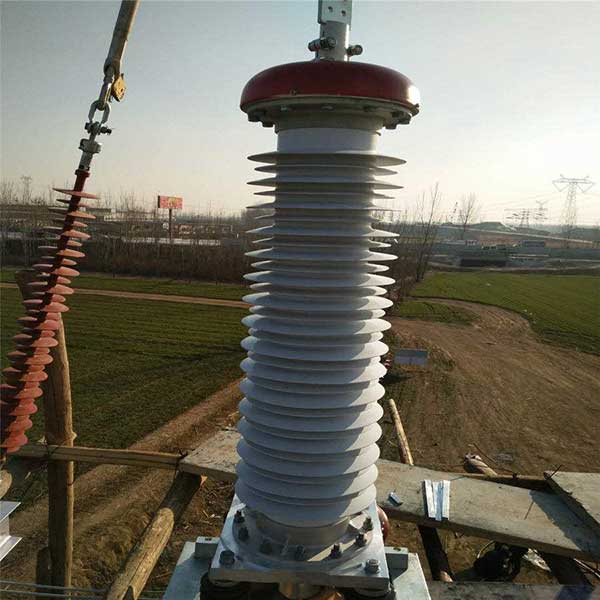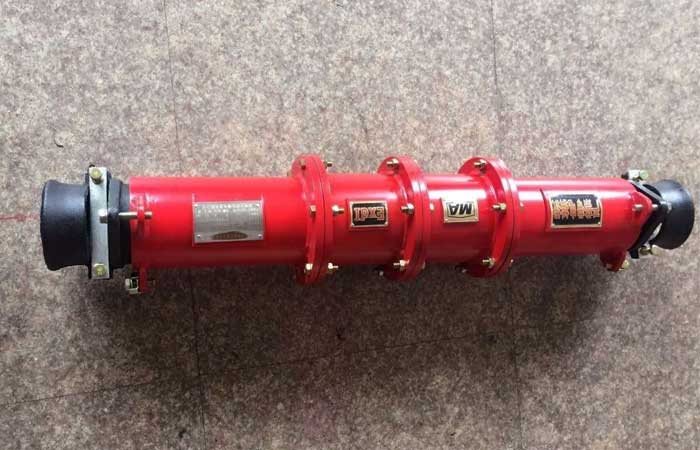高圧送電線工事の場合, プロジェクトに取り組んでいる多くの人々は、しばしば高電圧電源ケーブルの接合部に出くわします. 今日, 高圧電力ケーブル継手の種類とその用途についてご相談したいのですが. 初め, 何について話しましょう 高圧電力ケーブルのジョイント は.

高出力ケーブルジョイント
高電圧パワーケーブルジョイントを使用して接続します 電源ケーブル, 関節と断熱された中間関節を含む. オイルで満たされた電源ケーブルとシームレススチールパワーケーブル用, プラグジョイントやその他のジョイントもあります.

1. 一般的な関節
2つの隣接する電源ケーブルを接続するために使用されます.
高電圧電源ケーブルルートで, 電気機器の接続を確保するために、ケーブルコアの電気導体を接続することに加えて, セルフキャッティングオイルで満たされた電源ケーブルのジョイントは、コアのオイル列をスムーズに維持する必要があります. しかし、ジョイントはフィールドで手作りであるためです, その処理基準は貧弱です. したがって, ライン上のコア接続は、リベット標準で選択されます, また、シングルピックコア接続の静電界濃度の問題は、断熱材の厚さを高め、ジョイント作業の磁場強度を低下させて、関節の安全な動作を確保することで解決されます。. 一般的に, 高電圧パワーケーブルの断熱材は、曲がりくねった断熱材の上面に巻き付けられています, そして、曲がりくねった断熱材の両側は、円錐形の表面地面ストレスコーンを生成します. 断熱シールドは、断熱材の外側に巻き付けられて、 パワーケーブル断熱シールド. そして、その外側のエッジには、断熱材とエアバリアの外側の明るいシームレススチールパイプがあり、オイルで満たされた電源ケーブルの蒸気圧に耐えることができます.
2. 断熱材
断熱材は、一般的なジョイントと同じ構造と仕様を持っています. 110 〜225kvオイルで充填された電源ケーブル断熱材は、大きくて短い電源ケーブルルートで使用されます. 電源ケーブルの金属材料シースまたは金属材料のシールドレイヤーと電気機器の半導電性層が壊れるように, クロスタイプの相互接続を容易にするため, 外側の鞘を減らします (またはレイヤーをオフにシールドします) 摩耗と裂け目.
3. プラグストップタイプジョイント
プラグストップタイプのジョイントは、オイルで満たされた電源ケーブルフィッティングの電気性能の最も不足している段階であり、ジョイントの最も複雑な構造でもあります。. Crafty Prep Reg紙断熱電源ケーブルルートの標準値以上のものを盛り上げるために使用される鍵です, オイルチャネルを外します, 高品質の電源ケーブルの断熱材が乾燥するのを避けるため, ローエンドの電力ケーブル断熱蒸気圧力は標準値を超えています.
115KV 1 chamberプラグは、ポジティブ中間関節を停止します, 一般的にエポキシ樹脂があります ゴム製の防水 2つのパワーケーブルのオイル列を分離するための袖.
225KVダブルチャンバータイププラグは、ポジティブ中間関節を停止します, 2つのエポキシ樹脂ゴム防水ケーシングを使用して、2つのパワーケーブルのオイル列を分離します, パワーケーブルプラグのいくつかのセクションで、外側の空洞の上部にあるチューブを停止します, 電源ケーブルの内壁と外側の空洞油行の相互運用性を備えた2つ, 2つの密閉構造です.
4. シームレススチールパイプオイル充填電源ケーブルジョイント
エアコン銅チューブオイルで満たされた電源ケーブルジョイントには2種類あります: 一般的な接続ジョイントとハーフストップジョイント.
一般的な接続ジョイント, 電源ケーブルの生産と短い接続と長い接続の製造に使用, その内部断熱構造は、一般に、2色の自己容量のオイルで満たされた電力ケーブルジョイントと同じです, そのハウジングは、空調銅管の電源ケーブルパイプラインよりもわずかに直径です. ハーフプラグはジョイントを停止し、より長いシームレススチールパイプオイル充填電源ケーブルルート. これは、オイルの浸透安全事故が発生した後、多くの電源ケーブルスリーブの流出を防ぐために設計されたジョイントです。. ジョイントのシームレススチールパイプと電源ケーブル接続のシームレススチールパイプ, シーリング構造は、電源ケーブルオイルチャネルを分離するために選択されています.



